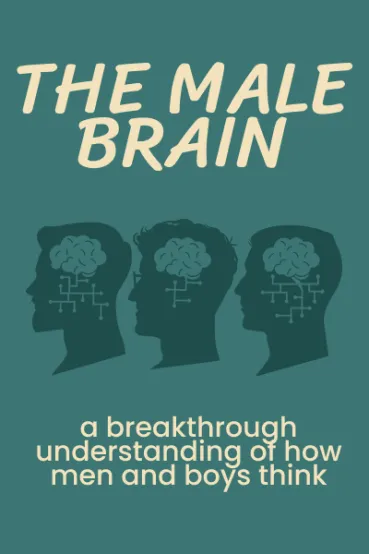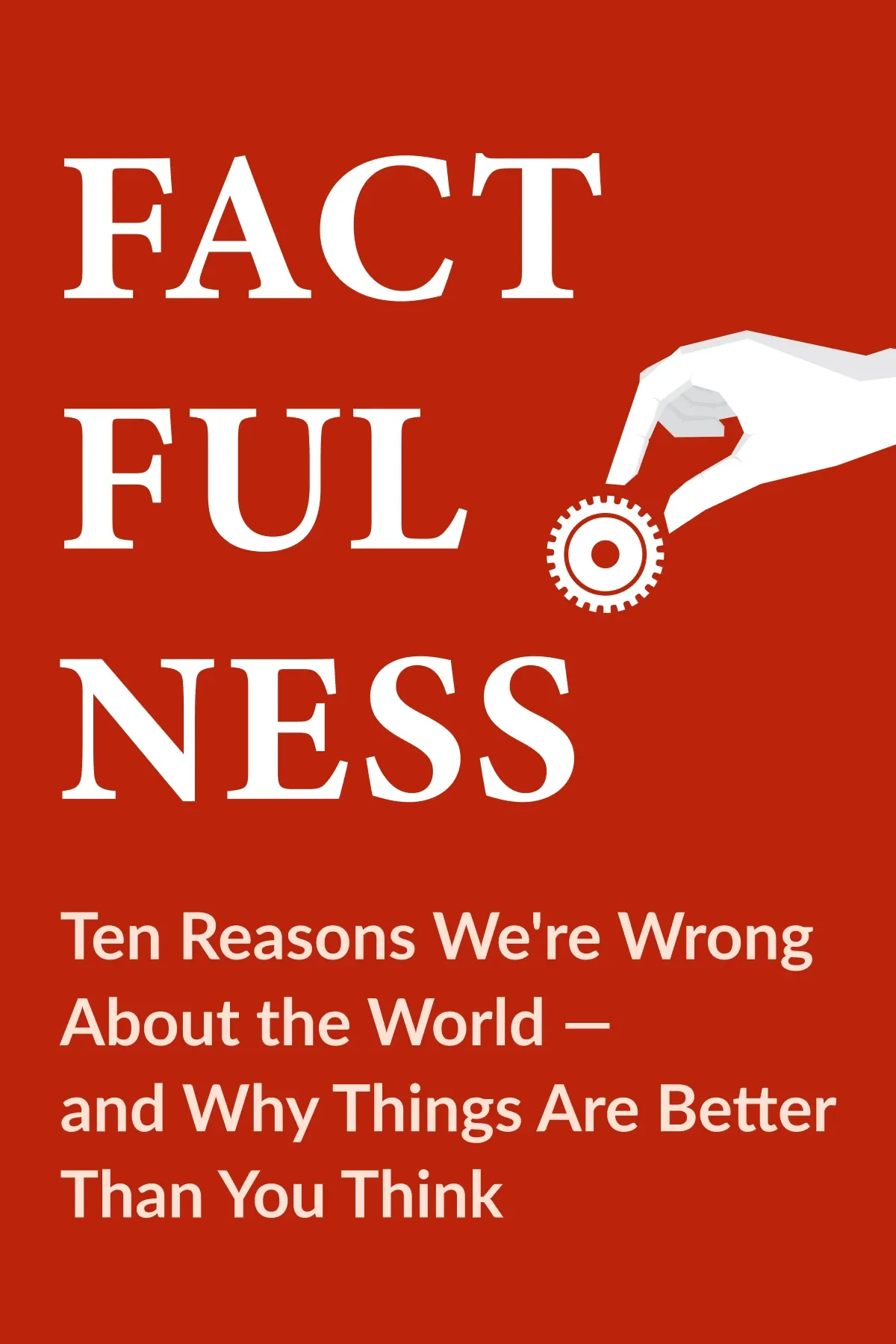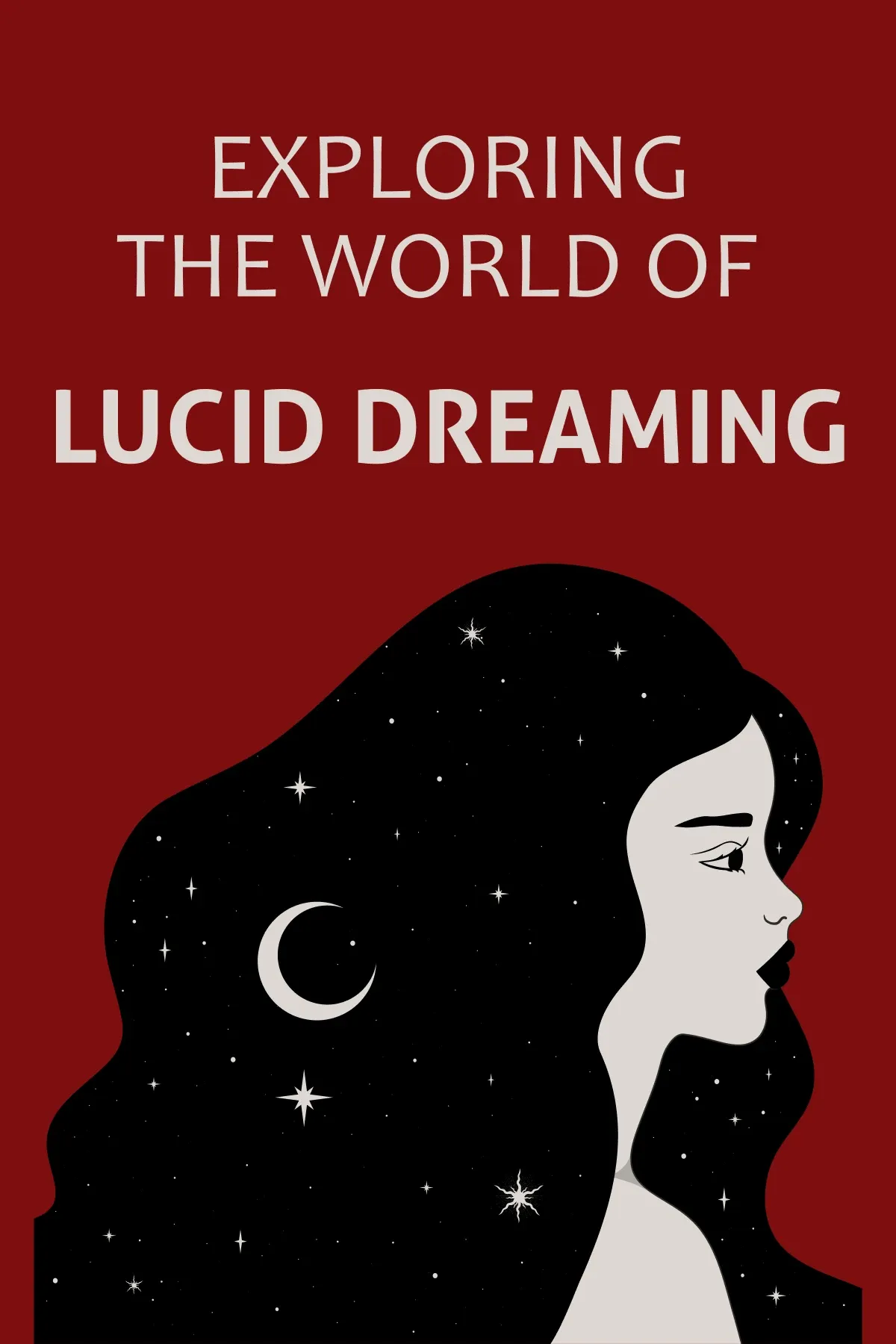
The Male Brain
Brief Summary
Dr. Louann Brizendine established the first American clinic to research gender differences in the brain, behavior, and hormones. In her book, “The Male Brain”, she reveals the way it changes at every stage of life, and how it differs from the female one. She examines the most recent developments in male psychology and neurology, as well as explains the phenomena of men’s behavior.
Key points
Key idea 1 of 7
Three hormones start forming male brains. From eight weeks of pregnancy on, testosterone, vasopressin, and müllerian inhibitory substance have a disproportionate effect on the way male brains develop. Testosterone fluctuations have an impact on a variety of factors, including male brain development, sex desire, and hair growth. Vasopressin is considered a male-bonding hormone, affecting things like his bonding and mate-guarding tendencies. Finally, the last one has a complicated mission, it develops many of the circuits in the male brain connected to conventional masculinity. Müllerian inhibitory substance reduces any remaining feminine components in the growing embryo to build a male physique. It develops neuronal connections necessary for actions like muscular movement, inquisitive activity, and aggressive competition.
Together with a few other factors, this hormone trio helps develop a brain that looks very different from the female brain. Here are some examples of these differences. The amygdala, which controls responses to dangers such as flight or fight, becomes bigger and houses more neurons in the male brain. The same applies to their circuits for protecting territory, which is also greater in males. But at the same time, males tend to be less talkative. Their communication circuits and memory centers have far fewer connections than female brains.
Until birth and beyond, the male brain is soaked in high quantities of these chemicals, influencing his behavior during those formative years. His testosterone levels are comparable to those of an adult male for the first year of life. Because of this, his male brain's facial expression recognition circuits, which are smaller than their female counterparts, are inhibited.
At seven months, he can identify adult facial emotions of fear or rage, but by twelve months, his sensitivity to them drastically decreases. Even the most attentive caregiver may find it difficult to keep up with him and keep him safe. He is immune to danger or warning signs and has a neurological need to explore and track motion. It will probably be more complicated to calm down male children since they lack the brain structures for emotional brakes. During such emotional exchanges, his outbursts will be longer, and he won't maintain eye contact as much.
The hormone levels don’t remain high all the time. They usually start to fall right until the next year when the male brain matures into a juvenile. He'll have low, constant hormone levels for the next ten years, much like his female-brained peers. Yet because of the hormonal effects, he will continue to have impulsive, rough-and-tumble behaviors as a male.
FAQ
You may also like these summaries











